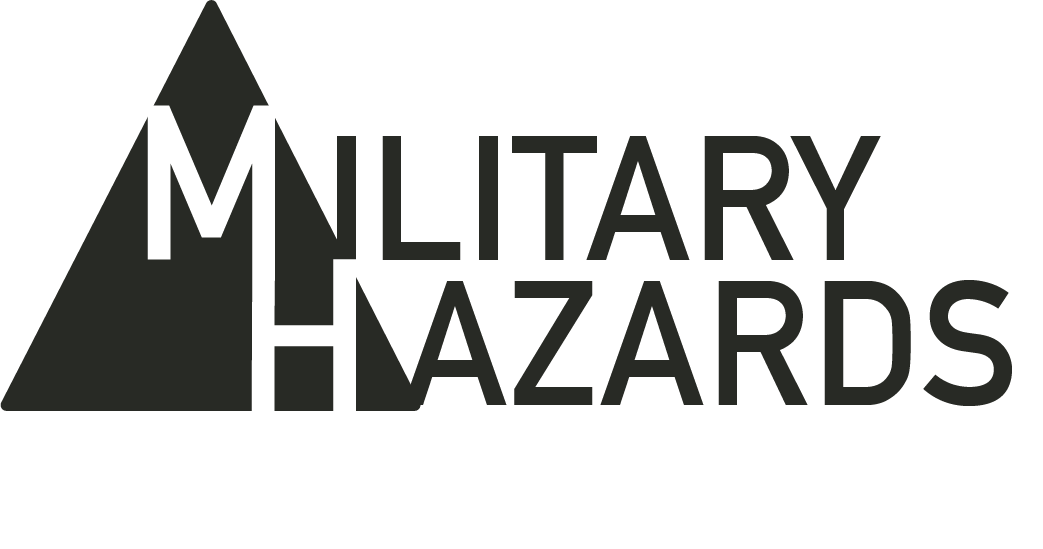Contact Our Legal Partner
"*" indicates required fields

Fort Dix, now part of Joint Base McGuire-Dix-Lakehurst (JB MDL), is located in New Jersey and has been a crucial U.S. military installation since its establishment in 1917. Fort Dix was originally established on July 16, 1917, as Camp Dix, named in honor of Major General John Adams Dix, a veteran of the War of 1812 and the American Civil War.
The base plays an essential role in training and supporting military personnel across various branches.
Fort Dix is now part of Joint Base McGuire-Dix-Lakehurst and supports a significant population of active-duty military members, family members, reserve component soldiers, retirees, and civilian employees. Water contamination has been identified as an ongoing concern at the installation, potentially affecting the health and well-being of those who live and work there.
Water Contamination Updates at Fort Dix
2024: Ongoing investigations have linked PFAS contamination at Fort Dix to the historical use of aqueous film-forming foam (AFFF) during firefighting training exercises, which is a common source of PFAS pollution at military installations.
2022: The New Jersey Department of Environmental Protection (NJDEP) reported that PFAS levels in the drinking water at Fort Dix were below the state’s Maximum Contaminant Levels (MCLs) during routine monitoring.
2021: The U.S. Army published a report acknowledging the presence of PFAS in groundwater at Fort Dix due to historical firefighting practices. The report indicated that levels of PFOS and PFOA were detected at various sites on the base.
2018: New Jersey established state MCLs for PFAS, with limits set at 13 ppt for PFNA and PFOS, and 14 ppt for PFOA. These regulations aim to address the contamination issues at military installations, including Fort Dix.
Fort Dix and Its History of Toxic Exposure
Environmental assessments at Fort Dix have revealed various contaminants over the years. Key toxic substances identified include per- and polyfluoroalkyl substances (PFAS), lead, and volatile organic compounds (VOCs), raising significant health concerns for both military personnel and their families.
Where Was the Contamination on Fort Dix?
Contamination hotspots at Fort Dix primarily include areas where AFFF was utilized in firefighting training. Additionally, landfill sites and former waste disposal areas have been identified as sources of contamination, posing risks to those living on the base and the wider community.
What Contaminants Were Found at Fort Dix?
Recent investigations have uncovered several hazardous substances at Fort Dix, including:
1. PFAS: Notably perfluorooctanoic acid (PFOA) and perfluorooctanesulfonic acid (PFOS), which have raised alarms due to their persistence in the environment and potential health effects.
2. Lead: A heavy metal known for its toxic effects, particularly on children and pregnant women.
3. VOCs: Various volatile organic compounds have been detected in soil and groundwater samples, contributing to contamination concerns.
Fort Dix Water Quality and Treatment Initiatives
In response to contamination concerns, Fort Dix has implemented ongoing water quality monitoring and treatment initiatives. The Army conducts regular water sampling to ensure that safety standards are met and to address any detected contaminants. The NJDEP oversees these efforts to ensure compliance with state regulations.
Drinking Water at Fort Dix and the Associated Health Risks
The presence of various contaminants in the water supply at Fort Dix has been linked to a multitude of health risks, including:
- Compromised immune function
- Hormonal imbalances
- Thyroid disorders
- Increased risk of certain cancers (including kidney, testicular, and bladder)
- Cognitive impairments and memory issues in children
Do I Qualify for a Lawsuit?
Veterans and their families who have served at Fort Dix and later developed health conditions potentially related to PFAS or other contaminants may be eligible for compensation. It is essential to consult with legal experts familiar with environmental contamination cases.
What Are the Potential Settlement Amounts From Water Contamination at Fort Dix?
While specific settlement figures for Fort Dix water contamination cases are not readily available, compensation amounts typically depend on factors such as the severity of health issues, age of the affected individuals, and the strength of evidence linking their conditions to exposure. Reports indicate that compensation can range from tens of thousands to potentially over a million dollars, depending on individual circumstances.
Average amounts range from $30,000 to $100,000 in most cases, with some victims getting substantially higher amounts.
Can I File a Fort Dix Water Contamination Lawsuit?
If you are considering legal action regarding water contamination at Fort Dix, it is essential to consult with a qualified attorney as soon as possible. They can assist you in navigating the legal process, gathering necessary evidence, and adhering to relevant deadlines.
What Proof Would I Need to Support My Claim?
To bolster a lawsuit related to water contamination at Fort Dix, you will generally need to provide:
- Documentation proving exposure to contaminated water at Fort Dix
- A medical diagnosis linking your condition to the identified contaminants
- Evidence demonstrating residence or employment at Fort Dix during the contamination period
What Are the Filing Deadlines for a Lawsuit?
Filing deadlines for lawsuits related to contamination can vary based on state laws and specific case circumstances. It is crucial to consult with an attorney to understand the applicable timeframes and ensure that your claim is submitted promptly.
Who Can I Speak With About My Case?
Numerous law firms specialize in cases involving water contamination at military installations, including Fort Dix. It is advisable to seek out attorneys with experience in environmental and military-related legal matters, particularly those focusing on PFAS contamination. For expert guidance, consider reaching out to our legal partners who have a track record in environmental law and military cases.
